Lonnie G. Bunch III (b. 1952) became the 14th Secretary of the Smithsonian Institution on June 15, 2019.
Bunch is the first African American and first historian to be appointed to the role. Best known as founding director of the National Museum of African American History and Culture from 2005 to 2019, Bunch has had a long career with the Smithsonian. He was raised in New Jersey, and studied at Howard University and American University. Bunch has held various positions within the field, including educator, curator, and director, and he also taught during the early years of his career. In recognition of his role in the museum community, in 2006, on the 100th anniversary of the American Alliance of Museums, he was named a centennial honoree—one of the 100 most important figures in American museums in the last century.
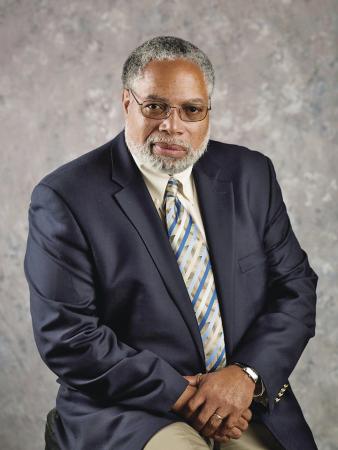
Early Museum Career
Bunch began his Smithsonian career as an education specialist at the National Air and Space Museum, 1978-1979, designing programs that supplemented traditional public education, directing multi-cultural education programs, and researching and writing the history of African Americans in aviation. Following his brief time at the Smithsonian, Bunch accepted a position as Curator of History and Program Manager at the California Afro-American Museum (CAAM) from June 1983 to May 1989. He conducted historical research and writing, developed exhibits, managed fiscal planning, and supervised curatorial staff. At CAAM Bunch established his reputation as a curator. He was behind award-winning exhibitions, such as the museum’s inaugural shows The Black Olympians, 1904-1984, and Black Angelenos: The Afro-American in Los Angeles 1850-1950. Bunch also produced two historical documentaries for public television, Black Paths of Leadership and Black Olympians.

Bunch was recruited to return to the Smithsonian in 1989 as Supervisory Curator at the National Museum of American History. In addition to research, writing, and creating exhibitions, he supervised the Division of Community Life. In 1992, he advanced to Assistant Director for Curatorial Affairs as he supervised the entire curatorial staff of the museum, implemented research and collecting agendas, and planned fiscal and personnel needs. He also directed the team behind Smithsonian’s America: An Exhibition on American History and Culture in Tokyo, Japan. In 1994, he became Associate Director for Curatorial Affairs, supervising a curatorial and collection management staff of 260 people. As a member of senior management, he helped to envision comprehensive museum strategies, cultivate development opportunities, and create a national advisory board. Bunch also led the curatorial team that created The American Presidency: A Glorious Burden exhibit in 2000.
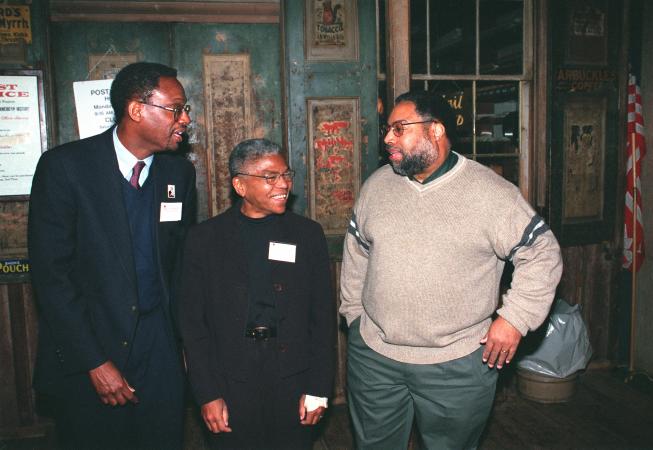
Museum Leadership
In 2001, Bunch became president of the Chicago Historical Society, one of the nation’s oldest museums of history. He led a capital campaign to transform the institution in celebration of its sesquicentennial and created initiatives that brought new audiences to the Society, including African Americans and teenagers.
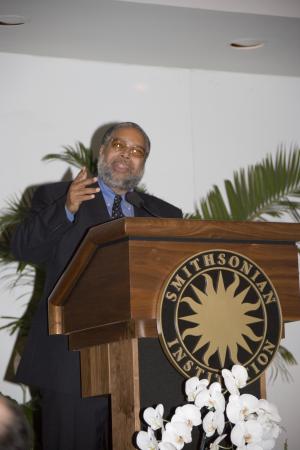
In 2005, Bunch returned again to the Smithsonian to serve as Executive Director of the newly legislated National Museum of African American History and Culture. Plans for such a museum had begun early in the 20th century, and through the determined efforts of supporters, such as Senator John R. Lewis (D. GA), the legislation passed in 2003.
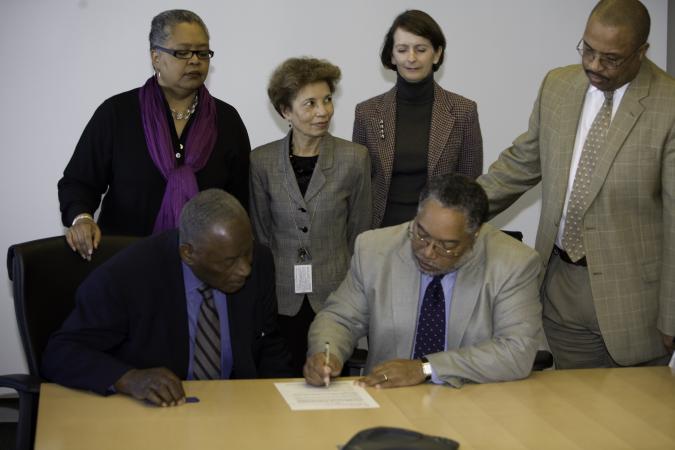
Bunch secured the museum location, recruited staff, amassed a collection, met fundraising goals, engaged the African American community, and oversaw the creation of groundbreaking exhibits.
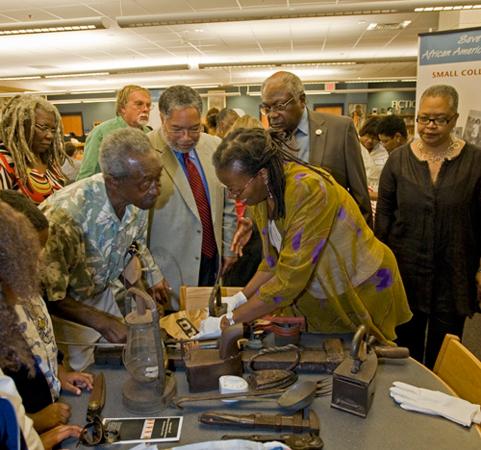
One of Bunch’s signature programs, Save Our African American Treasures: A National Collections Initiative, is a collaboration among cultural institutions, community leaders, and the public to preserve and collect African American material culture. SOAAT programs have been held across the country to teach communities how to preserve, store, and share the photographs, bibles, christening gowns, letters, etc, in each community.
President Barack Obama presided over the opening of NMAAHC on September 24, 2014 to great acclaim. In its first year, it welcomed 2.4 million visitors to its exhibits on African American arts, history, culture, and sports, displaying around 3,000 of its collection of almost 40,000 objects.
